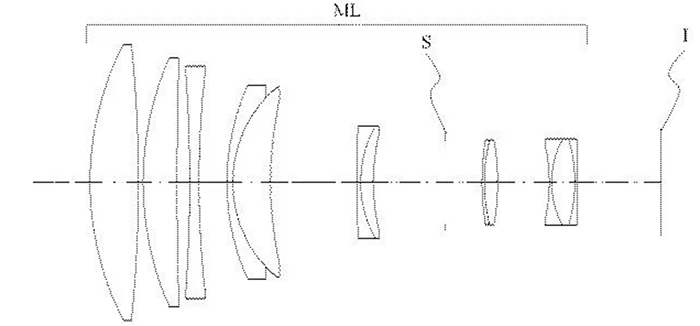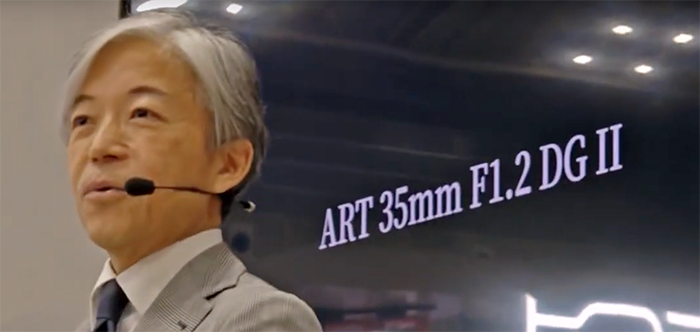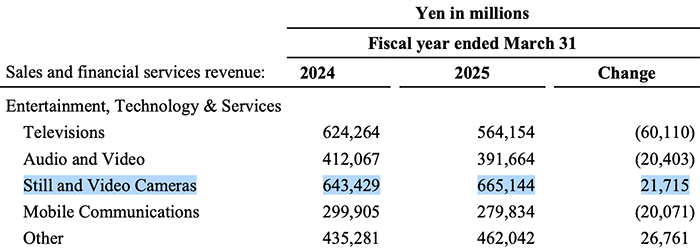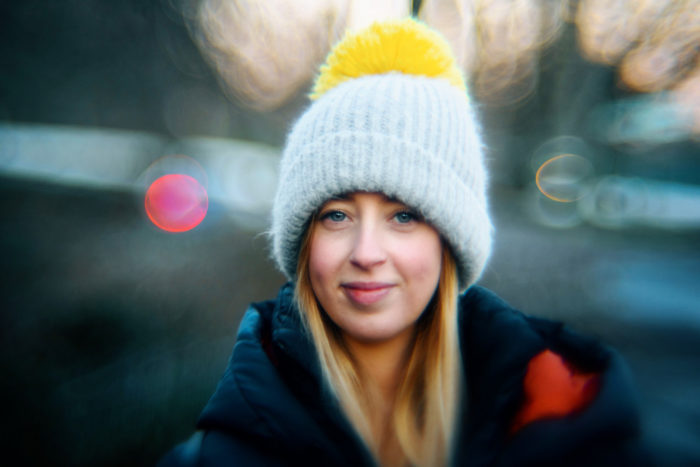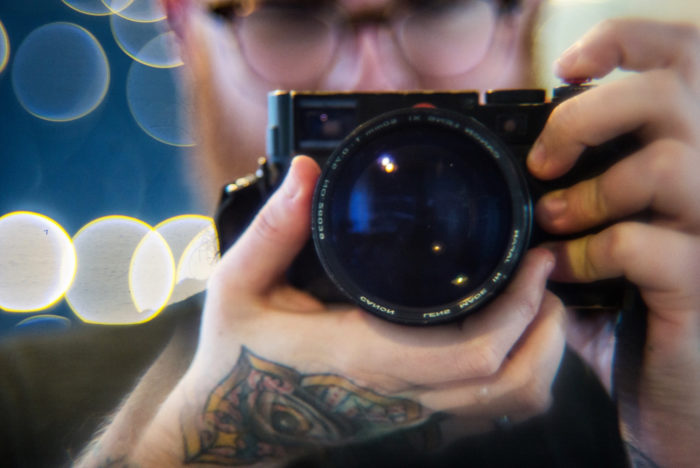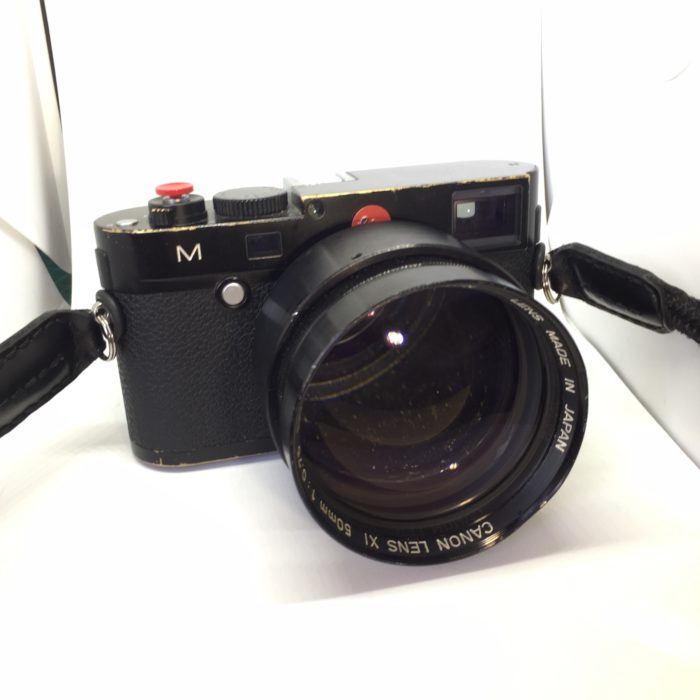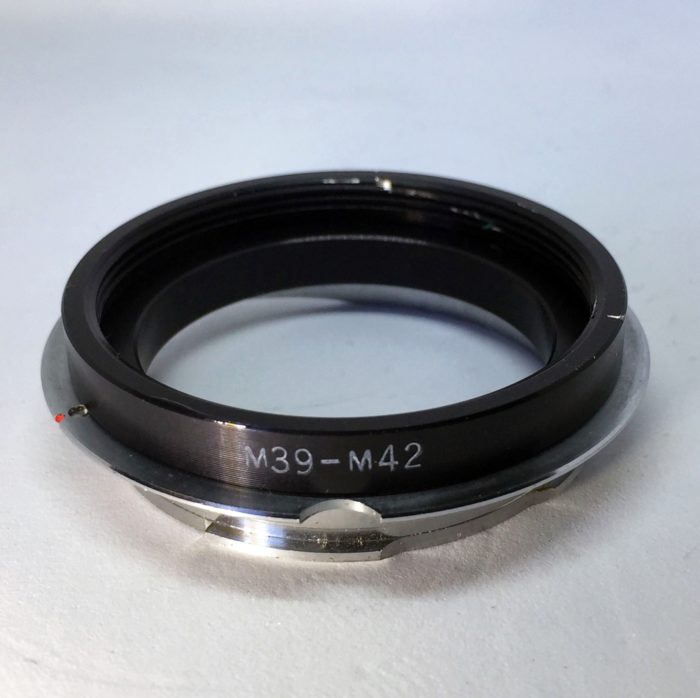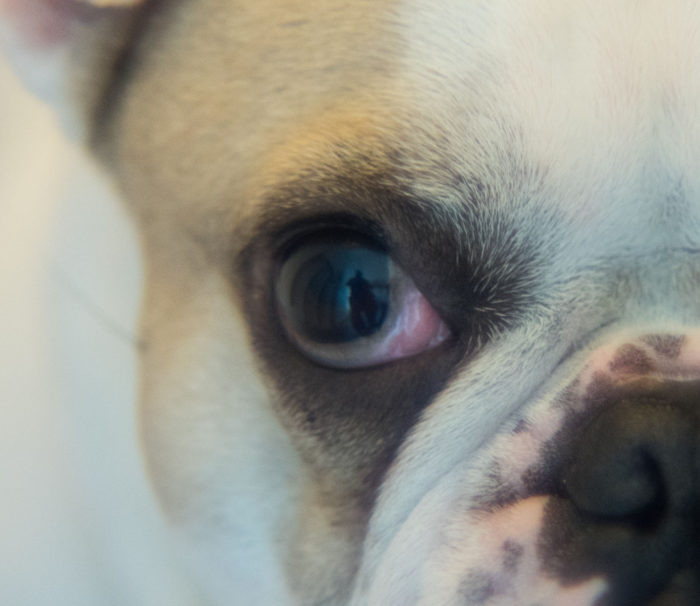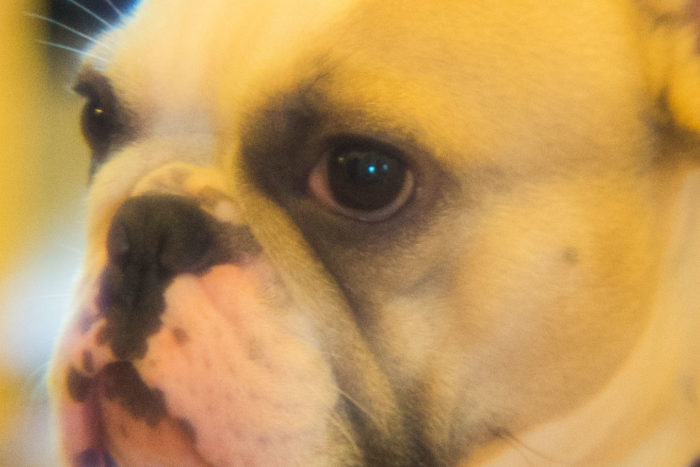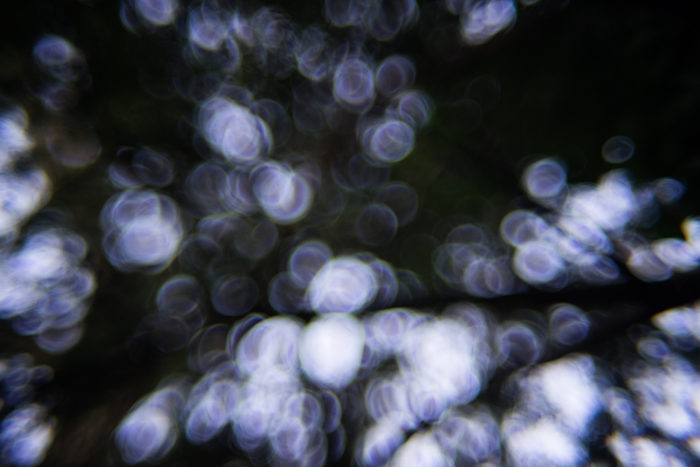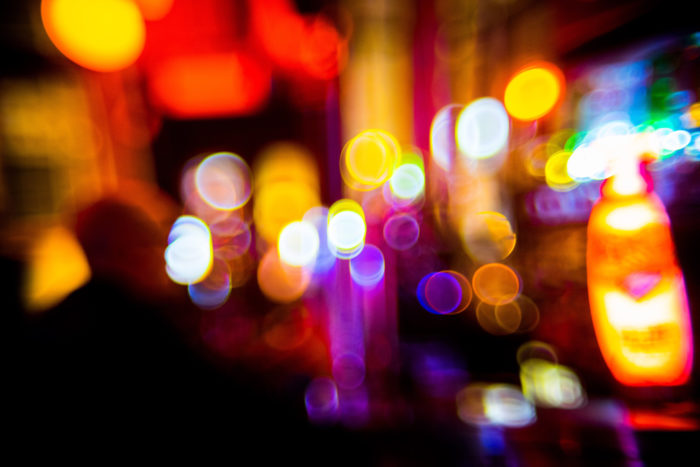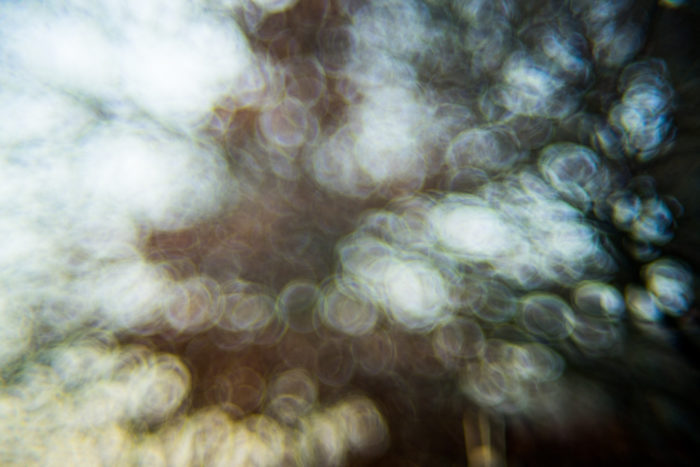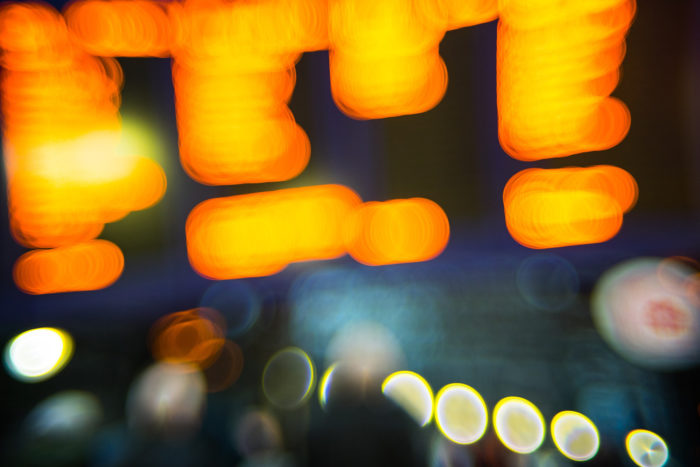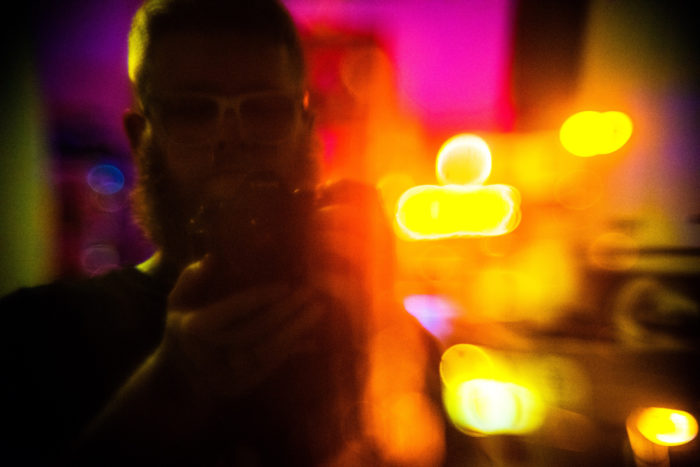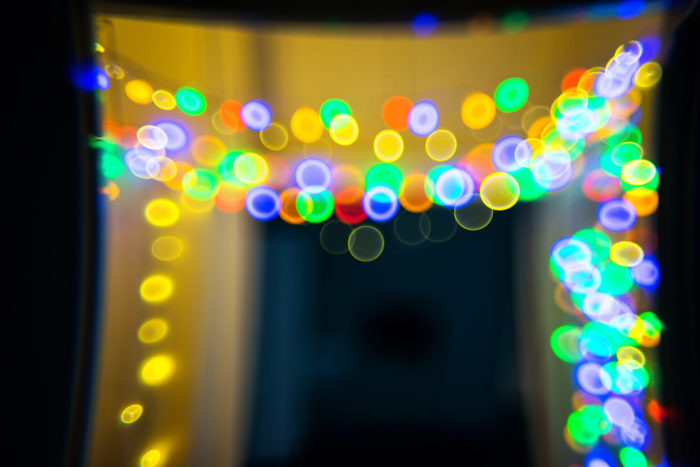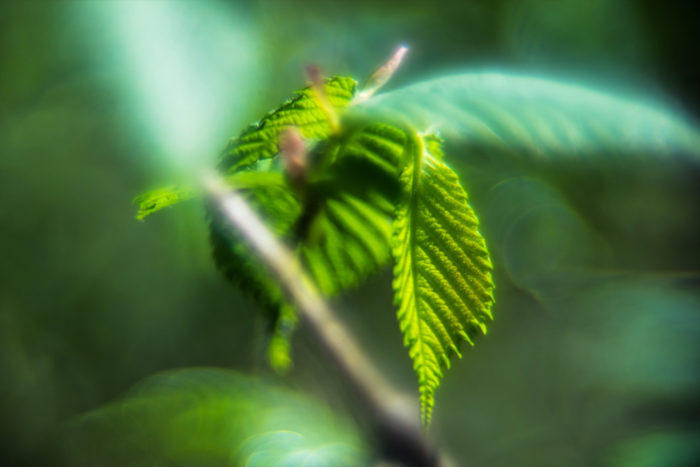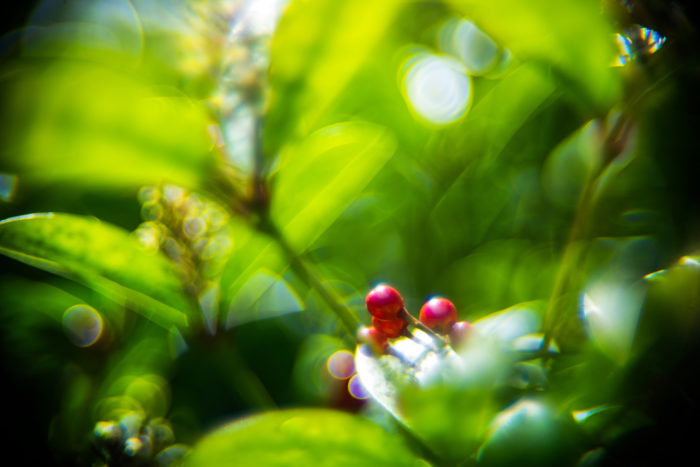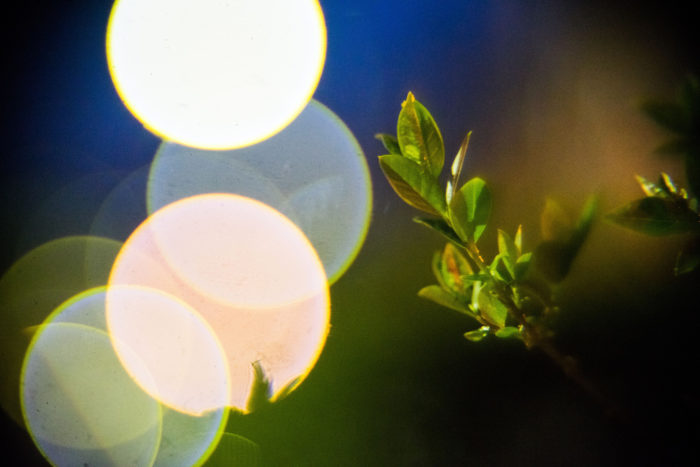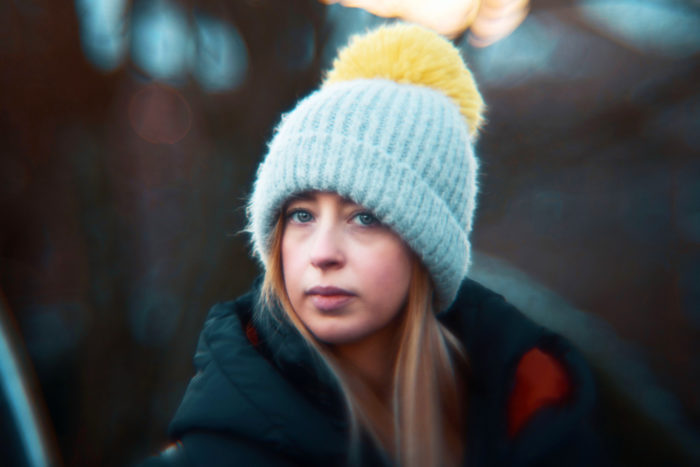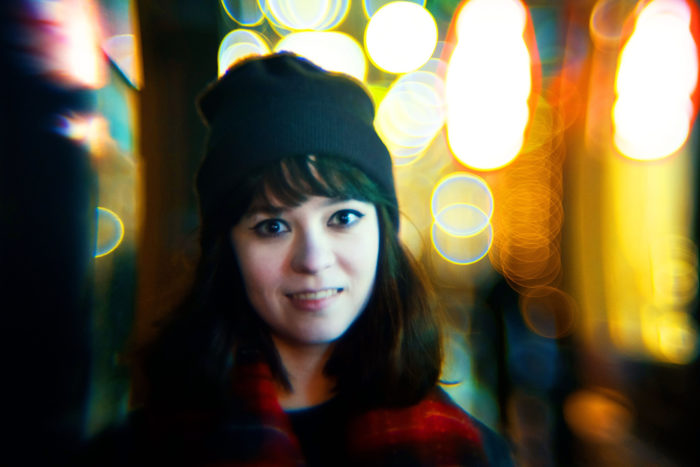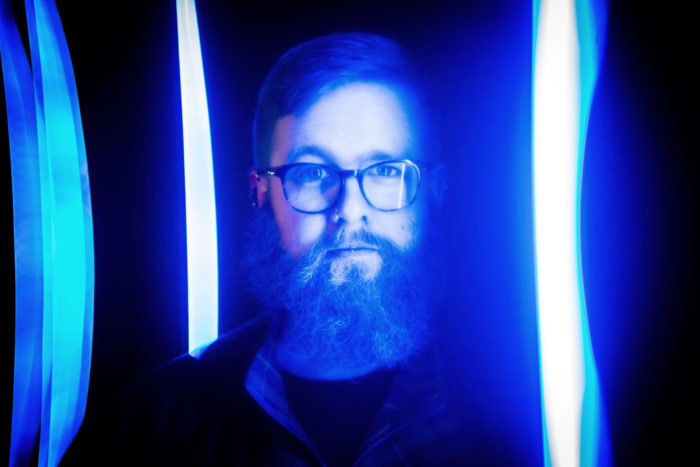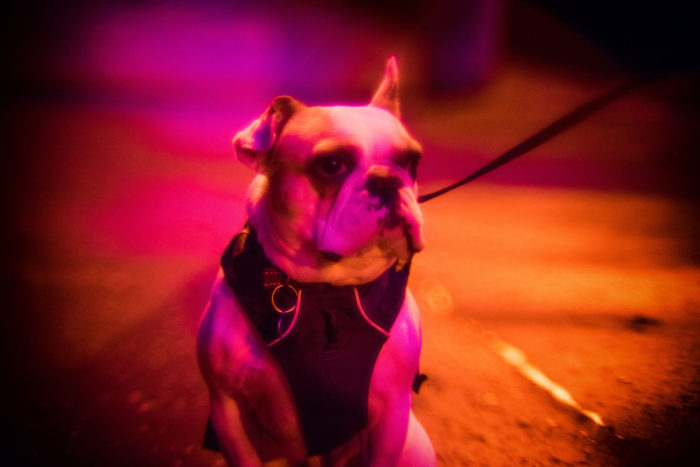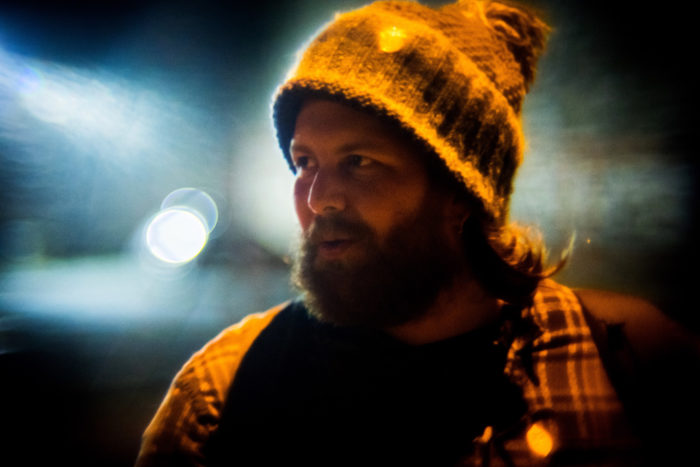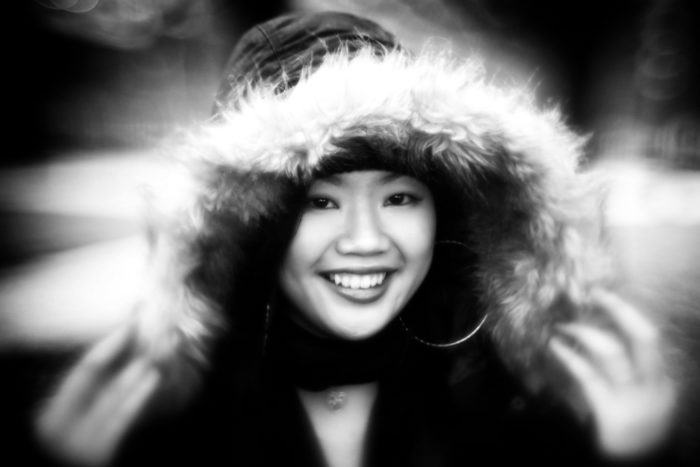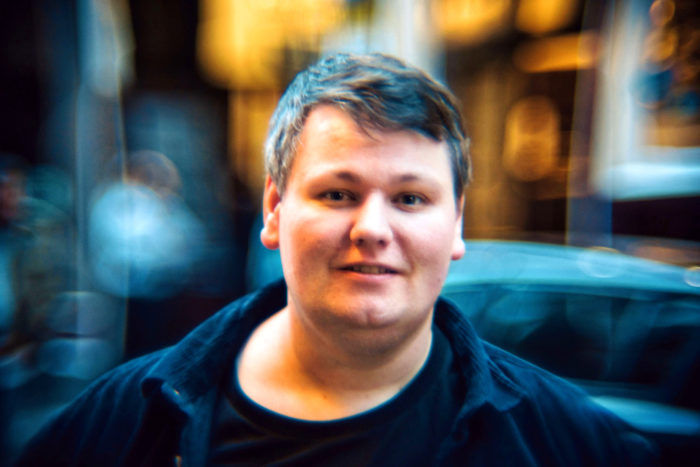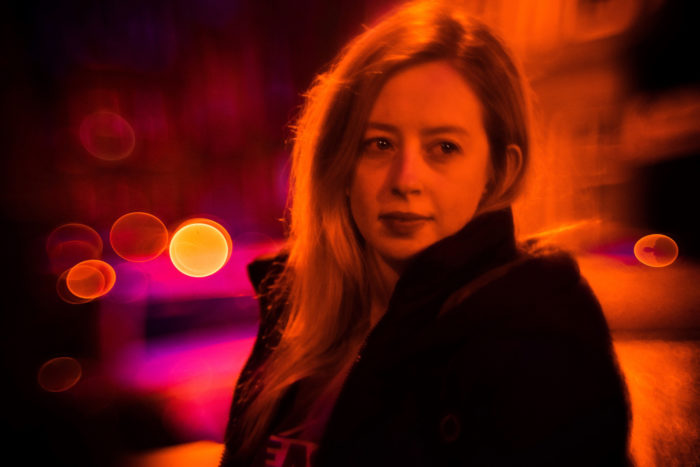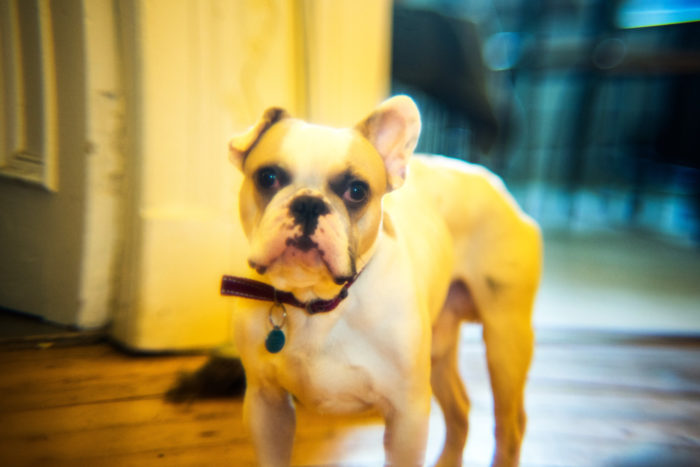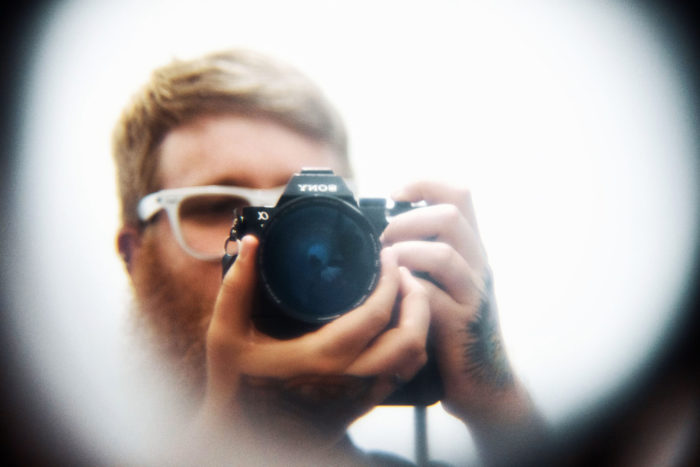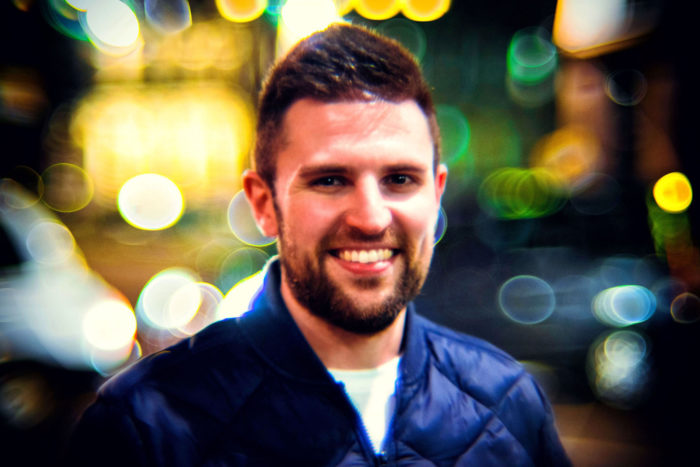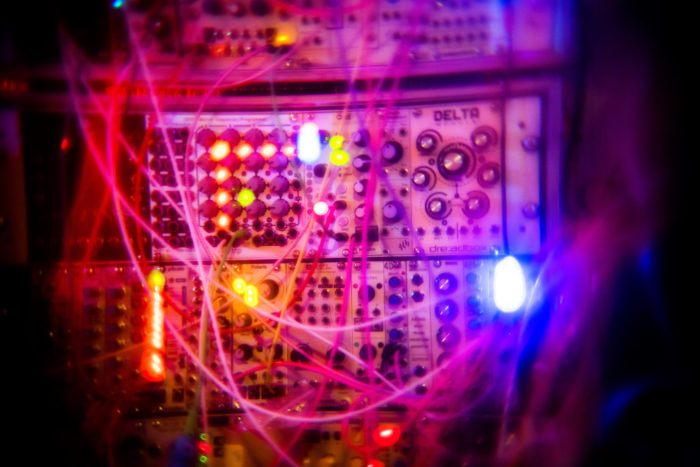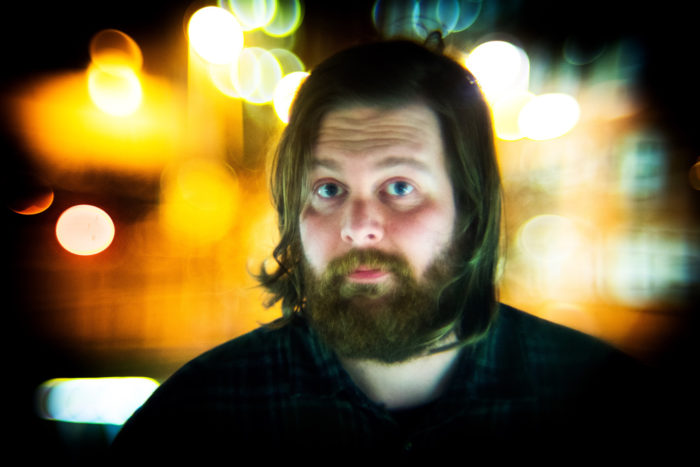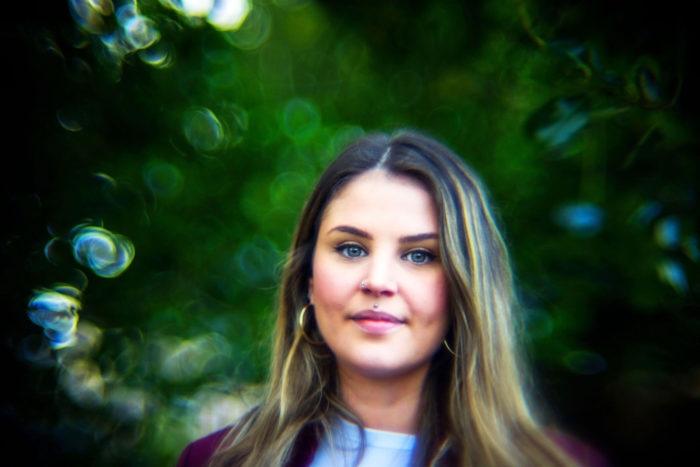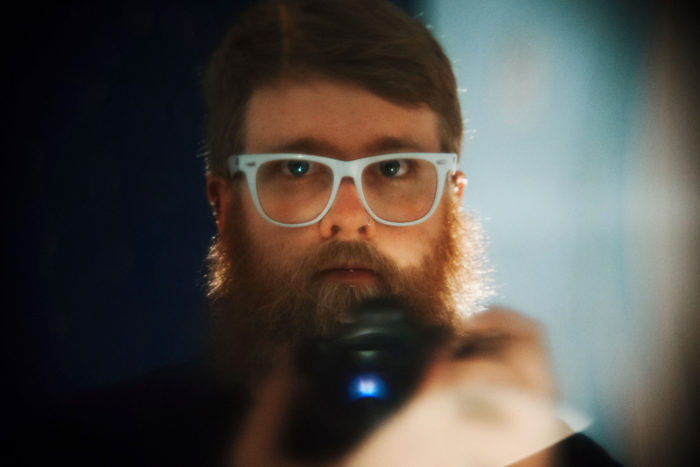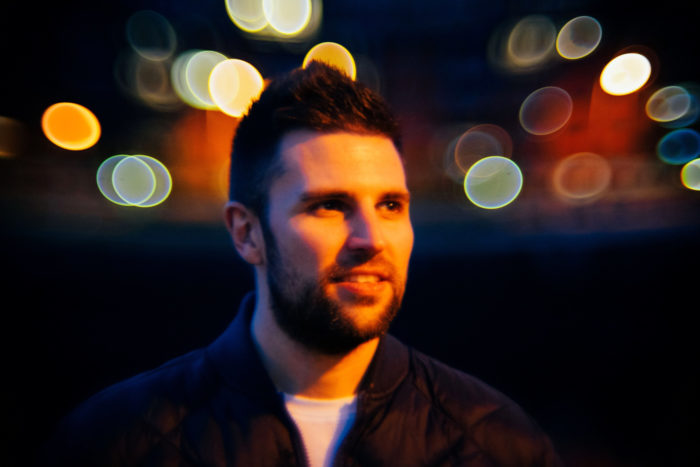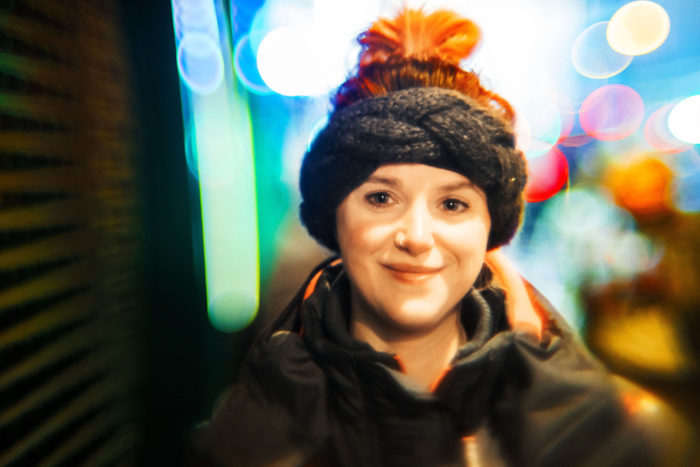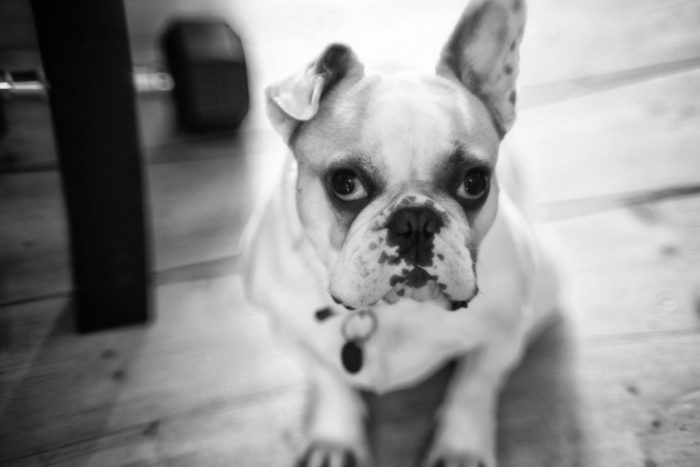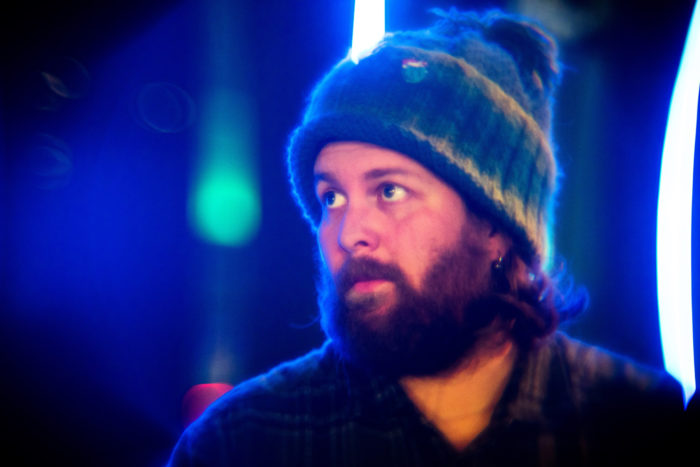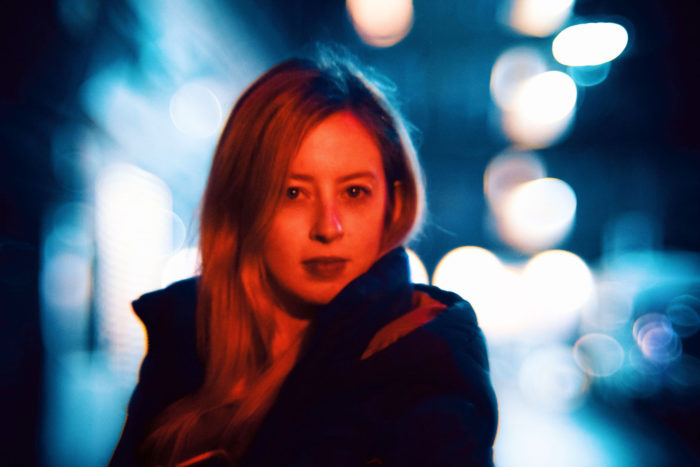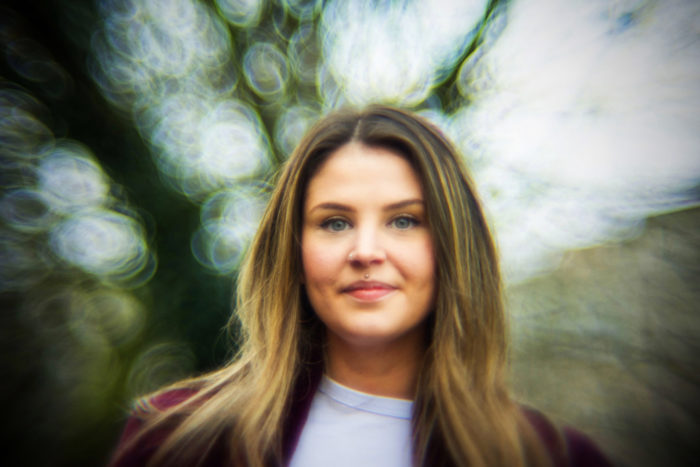Canon 50mm f/0.75 XI Lens Review on the Sony (Stephen M. Blythe).
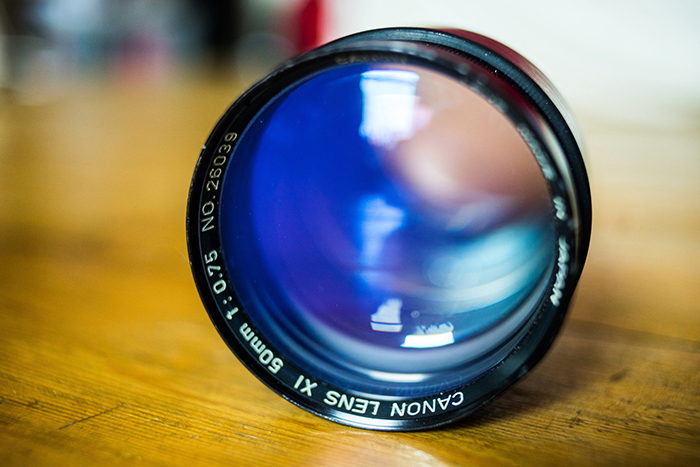
This is a guest post from Stephen M. Blythe. The original article was posted on allmyfriendsarejpegs.com. All images used with permission and under copyright from Stephen M. Blythe.
–
Canon 50mm f0.75 XI Lens Review
Aye, you read that correctly, f0.75. The Canon 50mm f0.75 XI is a rare, super-fast lens that was designed for use with X-Ray machines. There’s very little information available about the lens online other than that, and even fewer example images. I spotted one up for sale on eBay a while ago, and decided to take the chance to see if I could do anything with it. It’s not every day you get the opportunity to shoot with one of the fastest lenses ever made, after all.
Here it is, in all of it’s glory. It has a pretty beautiful purple sheen to it in the light, which I presume is from a coating.
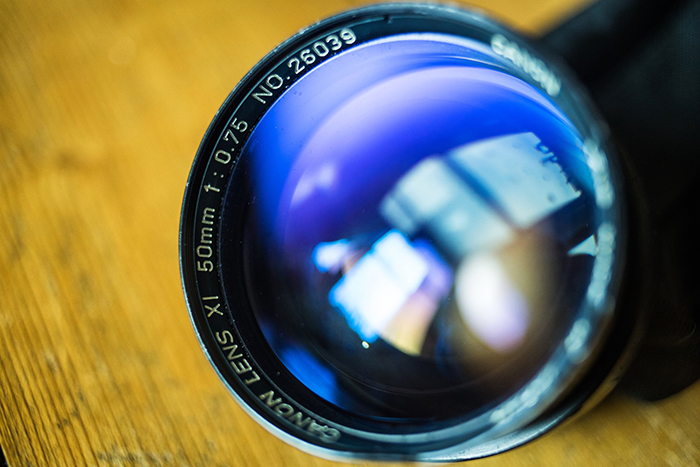
I should say at the outset that I don’t have much in the way of technical comparisons or such like for the Canon 50mm f0.75. That isn’t really what I do. Rather, I am more interested in showing that it is possible to use this unusual lens in a manner which wasn’t just the usual soft-focus macro shots with no fixed mount. Hopefully, other intrepid souls might stumble upon this post when one next comes up on eBay, and feel inspired to take the plunge and see if they can do anything with it as well.
It’s worth noting that there is a lot of detail in this post about getting the lens to work, so if you’re just interested in seeing images, feel free to skip through to the bottom!
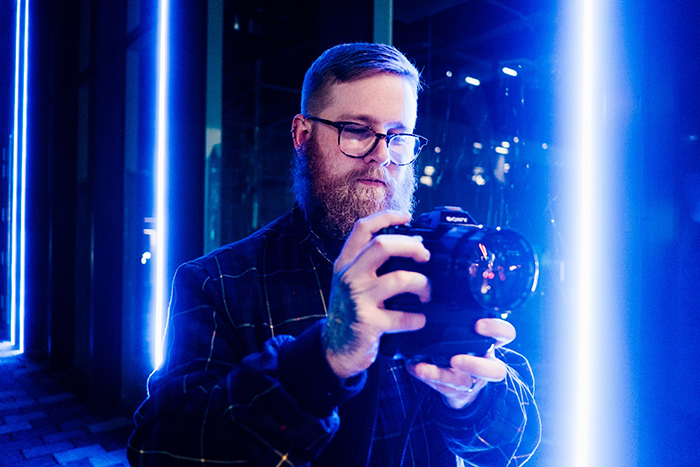
The Canon 50mm f0.75 XI lens in action.
Things to watch out for
As this lens was never designed to be used on standard commercial cameras, there are a whole bunch of quirks that make actually using it for anything worthwhile a bit of a task. It is doable though.
Important note: As further explained below, my copy of this lens has undergone some modifications in order to produce usable images. As a result, it technically may no longer have an effective focal length of 50mm, or aperture of f0.75. This lens is performing way outside of its original intent at this point, and still has a unique character, so unless you’ve personally managed to do better, I’m going to continue to refer to it by its only real name: the Canon 50mm f0.75 XI lens.
- Rear Element – There aren’t too many pictures of this lens out there, and all of them seem to have different rear element configurations. I’m not entirely sure why this is, though it seems like people have attempted different modifications on the lenses at different times to try and get them to produce usable images on modern cameras, and it’s probable that portions of the rear of my lens has been removed at some point. You can see an example of the original configuration here. As a result, your mileage and experience may (and probably will) vary from mine.
- Mount – The lens was apparently available in both an M39 and T Mount, but the size of the rear element means that it can’t easily be mounted onto regular cameras just by using an adaptor. Getting the right kind of mount that will allow for a usable focus range is easily the biggest challenge with this lens. People have to resort to DIY solutions, and this is part of the reason that there are so few pictures from it kicking about the web.
- Focus range – The 50mm f0.75 is a fixed focus lens. That means that there is no focus ring (or it is very limited), and the only way to get it in focus is to either do so ‘with your feet’, by physically moving yourself, or by moving the lens closer or further to the sensor/film. The actual focus distance will depend on the kind of mount you are able to get to work, but there are limitations on this (which I’ll get into a bit more below.)
- Focal length – Because of the hacky nature of the methods needed to get the lens to work, there’s no guarantee that it will shoot at the original focal length of 50mm (or have an effective amount of light transmission at f0.75, for that matter). My copy on the Sony A7 seems to be between 85-100mm equivalent as a result of the rear element’s removal, but I can’t quite be sure.
- Aperture Diaphragm – There is no aperture diaphragm with this lens. That means that it is permanently wide open at f0.75. Given that this the sole reason for having such an annoying and impractical lens, this is probably the least of the concerns when using it. Or at least, it should be.
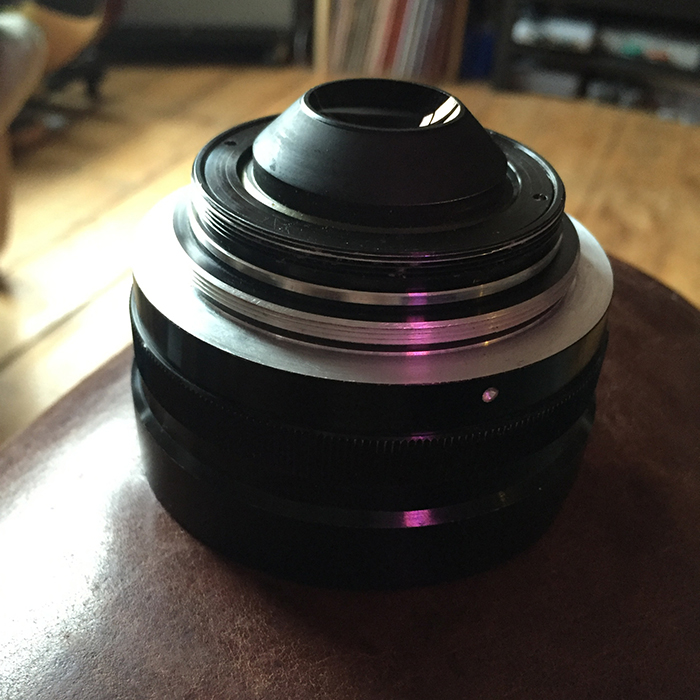
The mounting adventure
Most people online seemed to claim that mounting this lens on anything useful would be impossible, and the few images that were available from those who had tried weren’t particularly great. This included those who had made heavy modifications similar to what was attempted on mine. The prior owner of the lens had been trying to use it on a Canon 5D with a series of 6 metal step up rings (42-49 / 49-52 / 52-55 / 55-62 / 62-67 / 67-72mm), which was a creative solution, but he hadn’t permanently bonded the whole thing together yet. It wasn’t quite what I wanted to do, as it resulted in a macro lens, so I decided to take up the challenge of finding my own solution.
Again, I’m no expert on the technical side of lenses, so forgive me for any inaccuracies here – but for the lens to be able to produce an image, it needs to be a certain distance away from the sensor or film plane. The problem is that when you get to that distance on modern cameras, you aren’t able to focus further than a certain distance away. That means that the maximum usable focus distance with these lenses is not very long. In other words, if your subject is more than a couple of metres away, then you won’t be able to get it in focus. For that reason, most of the lenses you see around are used only for macro photography – as the lens can focus closer the further it is away from the sensor.
Initially I tried the lens on an M42 to NEX mount, in order to use it on my Sony A7, but the point that was in focus using this meant that you had to get too close to the subject in order for it to be much use for portraits. I dug through my big box of lens adaptors and tried various things, but none of them came close to fitting. Eventually though, I did manage to get a working solution. To do this, I took apart a Sony Macro Ring set of adaptors, and found the right combination to allow me to focus on a subject about a metre or so away. Without using the front (Sony E) end of the adaptor, the opening of the rings was just bigger than part of the lens. I found a thick rubber band, and managed to wedge the DIY mount in place fairly sturdily.
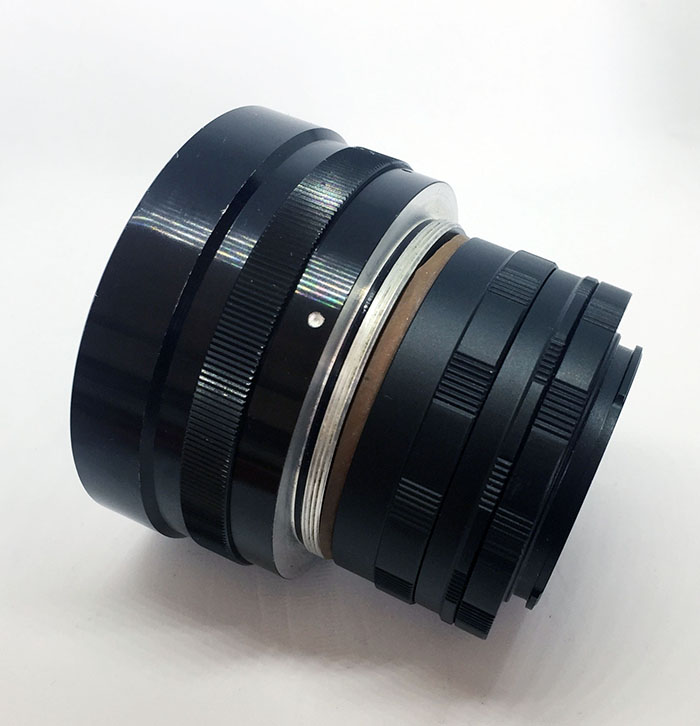
Again, please note that this method may not be possible without some modification to the rear of the lens depending on what one you find, but it’s worth a go. The resulting pictures with this contraption actually turned out pretty well – surprisingly well, actually. Have a look for yourself:
SAR note: Click on the image to enlarge:
Despite the decent results, I was concerned that the mount was only held in place with the tension of that rubber band, and had visions of the lens falling off mid shoot sometime, smashing into a million pieces on the ground. I searched high and low for a more secure solution, and eventually discovered a Russian place called RAFCamera, who specialised in unusual mounts for different lenses. They had various ‘clamps’ that could be tightened to fit the barrel of lenses where an appropriate screw mount adaptor couldn’t be found, and upon closer inspection, it looked like the 50mm f0.75 actually had bevels in place for precisely this kind of connection. Unfortunately I couldn’t find a clamp mount that would be suitable for the lens dimensions, but after a conversation with Raf himself, he agreed to make me a custom adaptor. It wasn’t long before the clamp was up on his website. The following images are courtesy of RAF:

I can’t really stress how beautifully made the adaptor is. There were only a few produced at the time – available here – but if you want one and there’s none left, you can get in touch directly with Raf, who I am sure will be happy to make more. Please pay attention to the measurements above to see if it fits your needs, as – like I’ve mentioned a few times – the rear of my lens appears to have been modified at some point. This is for the most intrepid of lens explorers only!
I connected the lens to a 12m-19mm focus helicoid, as it is thinner than others, and then connected the lens to my Sony A7 with an M42 to NEX adaptor – the thin kind – not the usual thicker version that is required for other lenses. Despite working well, it was a bit too far away from the sensor for what I wanted (ended up with a shorter focus distance than my previous DIY contraption), so I’ve been experimenting with different M42 spacer rings to get closer to the sweet spot.
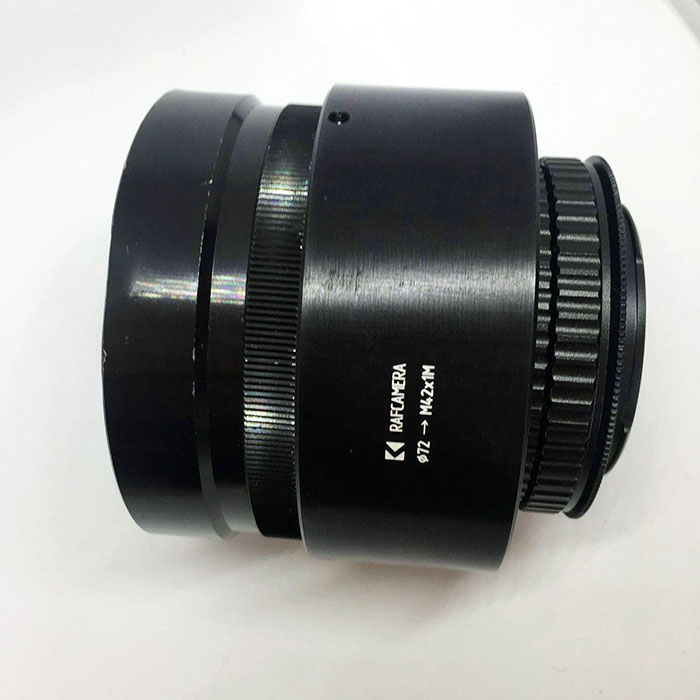
Lens with mount and helicoid. Not the most useful setup.
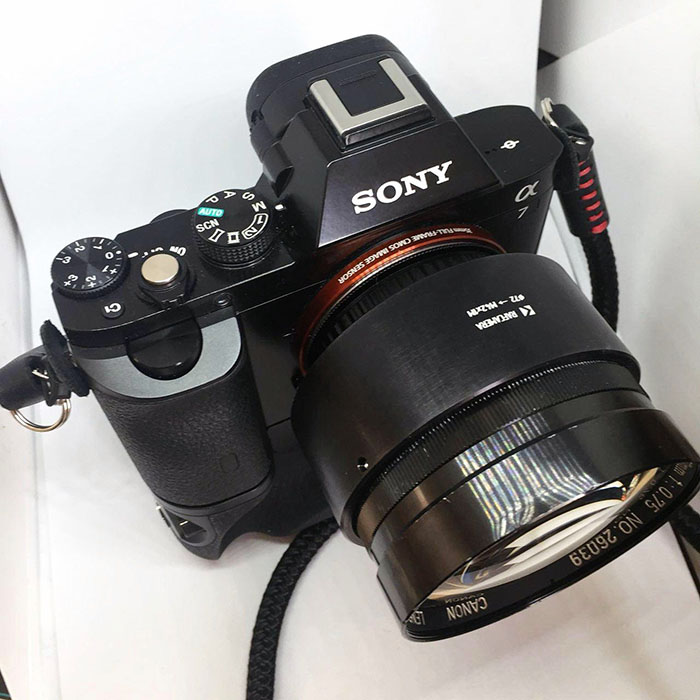
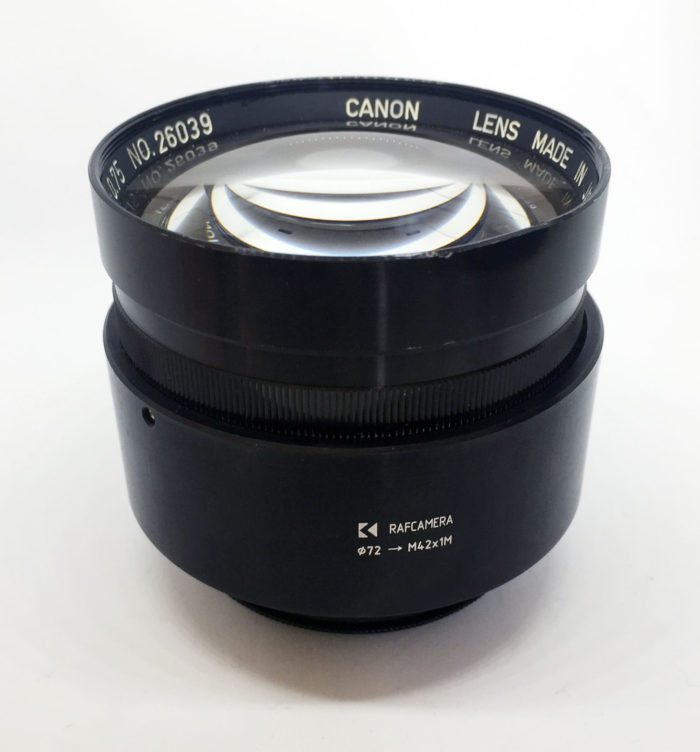
Canon 50mm f0.75 with RAF camera mount.
The final setup that I landed on by the publication of this post is the lens, in the mount, connected to a small M42 spacer ring, then a C-Mount/M42 to NEX adaptor. It isn’t quite perfect, but I’ve discovered that I can get some finer control over the results by literally unscrewing the lens to bring it slightly further away from the sensor (and thus focussing closer). We’ll see how that works out.
Does the lens work on a Leica M?
This is a pretty specific detail, but one worth noting. I had gotten the 50mm f0.75 to work fine on my Sony A7 with the above setup, but I wondered if I would have similar success on my Leica M Typ 240, as that’s the main camera I tend to take with me when travelling. I decided to give it a bash using an M42 to M39 adaptor (again from RAFCamera), and an M39 to M mount adaptor. Here‘s the M42 to M39 adaptor that I used at first:
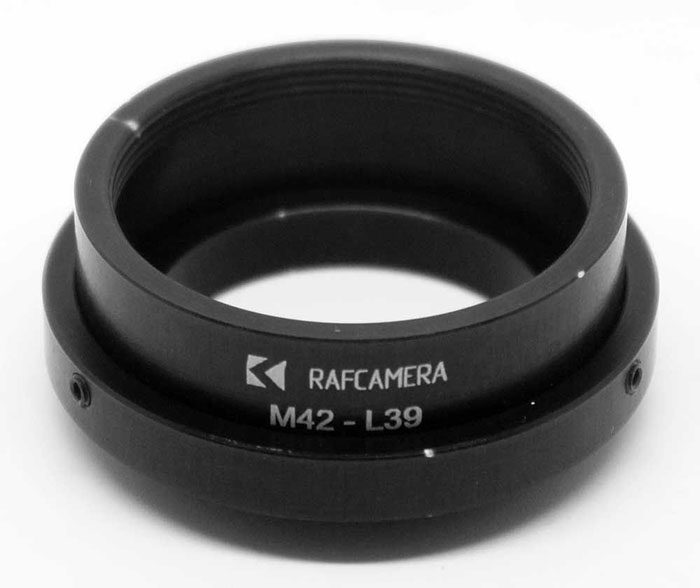
Whilst physically the lens fitted, and did indeed focus, the focal length seemed longer than 50mm, and only focussed fairly close up, so it was useless for portraits. What I really needed was to get the lens closer to the sensor, so I hunted about, and found some different M39 to M42 adaptors, which just provided the mechanical coupling – but weren’t machined specifically to preserve infinity focus, like the one above. Here’s the one I bought:
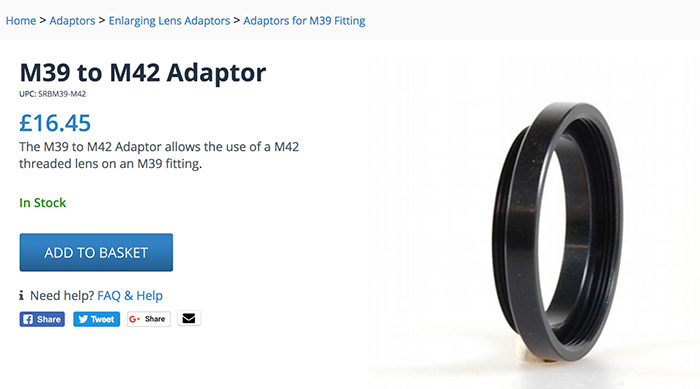
As I discovered afterwards, Raf the genius also has one, available here.
So did it work? Kind of. I again attached the lens using both the above adaptor, and an M39 to M one, and… hey presto, I managed to get some images in focus.
SAR note: Click on the image to enlarge:
My reluctant test subject.
Unfortunately, the rear of the lens still wasn’t quite close enough to the sensor to allow it to focus more than about 0.4m away. I suspect that with an extra 4mm or so adjustment, it would get to a more usable focus length, but it would be pure guess-work, and I’m not sure that it would even be physically possible with the nature of the adaptor. Even if it was, the RAF adaptor already obscures the lens release button on the Leica M (much like the barrel of the 50mm f0.95), and if it was to get much closer to the camera body, it might prove to be extremely difficult to get off.
Leica M and (dirty) Canon 50mm f0.75 XI lens
So… in short, you can get an image from the Leica M with this lens, but it’s not going to be the most usable of focus distances.
One final thing to watch out for: The M42 to M39 lens adaptor is easily stuck to the M39 to M adaptor, as I discovered, so be careful 🙂
These are joined together forever now.
Performance
Sharpness
There’s no escaping the fact that the 50mm f0.75 is not a particularly sharp lens. That said, it can be tough to tell for sure, as the depth of field is so incredibly shallow, and so nailing the focus point is extremely difficult. It really is a ‘one eye in and one eye out’ of focus kind of deal. However, it is perfectly usable, and not as soft as some of the other example images I have seen kicking about online. You can have a look at the cropped images below to get an idea, and see how things fall off over a short distance:
SAR note: Click on the image to enlarge:
As you can see, I clearly hit the focus point better in the first example. Either way, the lens makes people (and dogs!) skin look nice and smooth, due to the shallow depth of field. All of this said… if you’re really concerned about sharpness, then shooting with experimental lenses like this probably isn’t the best idea anyway.
Bokeh
The question on everybody’s minds when it comes to lenses like this though, of course, is: What’s the bokeh like? In all honesty, the bokeh is unlike that produced by any other lens I’ve seen or used before – including the infamous Canon 50mm f0.95 dream lens. Depending on the background, it ranges from very intense and glass like, to large splotches of inky water on paper. It is intense, unpredictable, and interesting.
SAR note: Click on the image to enlarge:
The rear element
You might notice from some of the shots that there’s a bit of a curvature at the edge of the images. This is because the rear element of my lens is concave in shape, and the effect appears to be more prominent when it is mounted at a usable distance for portraits. In the first example below, you can see the top dark line – which in reality is a (relatively) straight door frame. This curvature is also clearly visible in the bokeh – with perfect circles in the middle of the image, which spread out as they go towards the sides. As I’ve mentioned already, this appears to be a by-product of the modification of my lens to allow it to work with modern cameras, not part of the original configuration.
This curvature is most annoying when it comes to portraits, as people’s features can be a bit stretched depending on where they are in the shot. I’ve had to correct some, but not all, in post processing as a result. That is a bit of a pain, but I’ve been getting better at it with practice.
Portraits
This lens is about as ‘specialised’ as they come, but I’ve found that you can shoot some beautifully unique portraits with it. Skin is naturally smoothed out by the shallow depth of field, and the results truly can look more like a fine (digital) painting than a photograph. At other times, the subjects look lost in a sort of dreamy futuristic world. Either way, the pictures have bags of character to them. The one major disadvantage (aside from the ones I’ve already mentioned, like the fixed focus point, etc.) is that while as long as your subject is in the centre of the frame you are relatively okay for sharpness and distortion, you can end up a bit limited composition wise as a result.
Macro
Whilst not something that I personally care much for… by adjusting the distance from the sensor (I used the smallest helicoid I could find), you can get some pretty interesting macro shots.
With this setup, bokeh from distant light sources sometimes ends up coming through as giant full moons.
Pretty wild. Like I mentioned… macro shots are definitely (clearly) not my forte.
My experience
The Canon 50mm f0.75 is one of the most unusual lenses I have in my collection, though it pretty much just has one ‘look’. I do go back and forth as to whether I should keep it or sell it on, but I’ve developed something of a fondness for it – especially because people told me it would be useless. Whether mine has been modified or not, and whether or not it’s technically at f0.75 after the modifications, I’m not particularly bothered. I don’t really care whether it’s in the ‘original’ configuration, since I’m not in the business of taking X-Rays. I’m just pleased to have such a unique lens, and to have managed to breathe some new life into it. I keep discovering new ways to refine the process and improve the results, so hopefully with time I’ll be able to master things and post up more series of pictures. I’m especially curious about what would happen if I whacked this onto a speedbooster… but that would be an expensive experiment.
Price and availability
From what I can gather, these lenses are pretty hard to come by, and in the past few years I’ve barely seen a handful crop up on eBay. However, despite their scarcity, the lenses don’t command as high a price as some may expect, probably partly down to the difficulty of getting them to mount on anything reliably. The ones I’ve seen have gone for anything from £300-800… and that’s without any sort of custom mount solution like mine has. Given that the closest similar lens you can get (the De Oud Delft Rayxar which also has a fixed focus and aperture) – goes for about $2,700, £800 isn’t all that bad a price – so long as you are prepared for some finagling to get it to work.
Should you pick one up? Well, eh. That depends. If you shoot a lot of portraits, have a penchant for unusual lenses, and don’t mind a bit of work to get them to work, then this is a particularly unique piece to have in your arsenal – so long as you can find one. The limitations are especially strong though, and your experience may vary, given that my lens appears to have undergone some modification before coming into my possession. If you do find one and get it working, I’d love to hear from you!
Sample Images
The images below were shot with the Canon 50mm f0.75 XI lens on a Sony A7, with a mixture of mounts between my DIY adaptor, and the clamp from RAFCamera. There’s a fair few shots of my dog because he doesn’t complain. The photos that are of me and which aren’t selfies were taken by Lee Jones.
Disclaimer: As usual, this article isn’t intended to be a comprehensive, pixel-peeping review. Rather, it’s highly subjective, and reflects my own research and experience as someone who has shot with a lot of different cameras and lenses over the years. No aperture comparison charts here.
–
The original article was posted on allmyfriendsarejpegs.com.
